What Is Winter Rye Grass: Growing Winter Rye As A Cover Crop
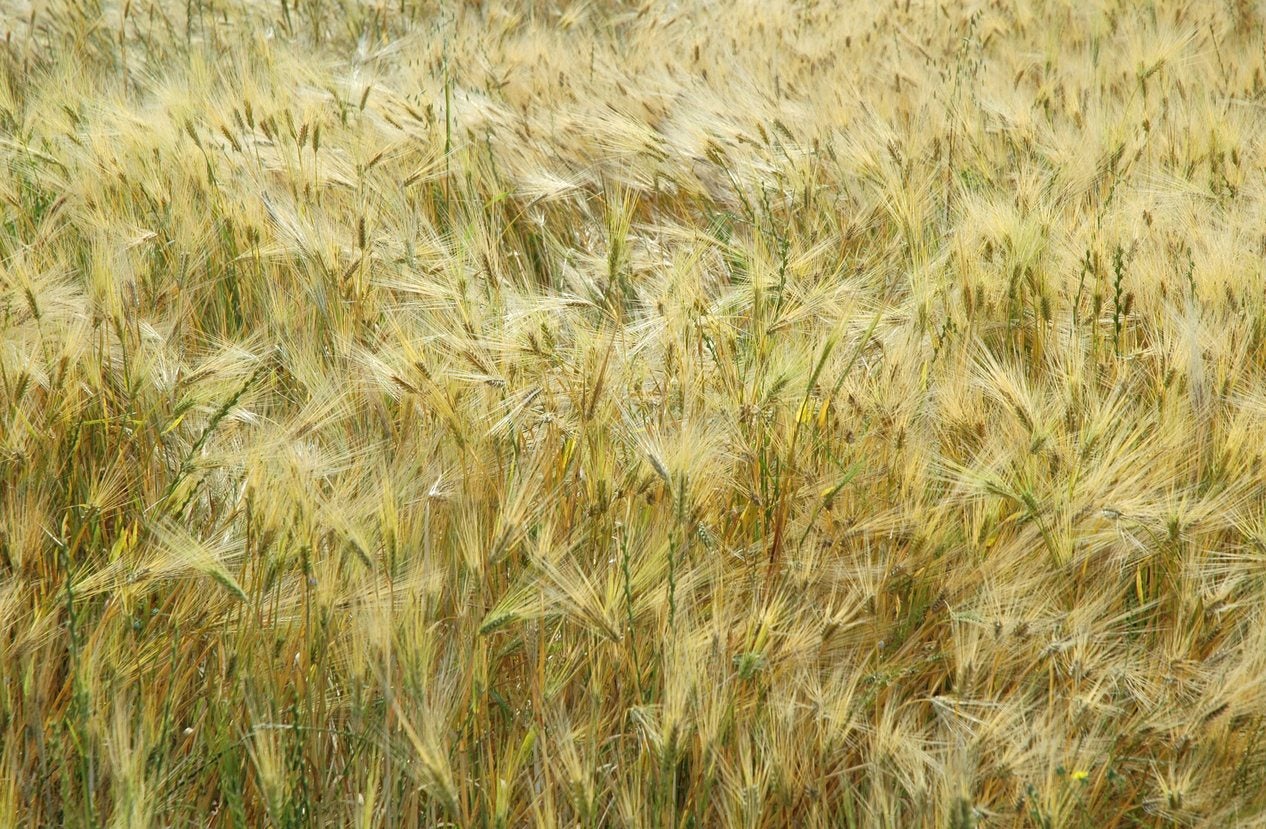
Cover crops are planted to minimize soil erosion, increase beneficial microbiological activity, and generally improve soil tilth. Considering growing a cover crop? There are many to choose from, but winter rye is a standout. What is winter rye grass? Read on to learn more about growing winter rye grass as a cover crop.
What is Winter Rye Grass?
Winter rye is the most winter hardy of all the cereal grains. It tolerates temperatures down to -30 degrees F. (-34 C.) once established. It can germinate and grow in temps as low as 33 degrees F. (.5 C.). Winter rye should not be confused with ryegrass. Ryegrass is used for lawns, pasture, and hay for livestock, while winter rye is used as a cover crop, forage crop, or as a grain that is used to make flour, beer, some whiskey and vodkas, or can be eaten whole as boiled rye berries or rolled like rolled oats. Winter rye is closely related to barley and wheat, and is a member of the wheat family, Triticeae.
Why Should I Plant Winter Rye Grass?
Growing winter rye grass as a cover crop is an excellent choice. It’s inexpensive, readily available, easy to sow and grow, and easy to till under. It produces more dry matter in the spring than other cereal grains and its extended, deep roots have a beneficial effect on tilth. The prolific root system also enables winter rye to withstand drought better than other cereal grains. Winter rye cover crops also grow in low fertility soil better than other grains.
How to Grow Winter Rye Cover Crops
As mentioned, growing winter rye grass as a cover crop is quite simple. It thrives in well-draining loamy soil but is also tolerant of heavy clay or sandy soil. The preferred pH for growing winter rye is 5.0 to 7.0, but it is unfussy and will grow in the range of 4.5 to 8.0. Winter rye cover crops are sown in the late fall near the first light frost. To assure a good amount of groundcover to protect against winter soil erosion, a high seeding rate is used. Rake the garden smooth and broadcast 2 pounds (1 kg.) of seed per 1,000 square feet (100 sq. m.). Rake lightly to cover the seed and then water. Do not sow rye more than 2 inches (5 cm.) deep. Rye rarely needs any additional fertilizer, as it uptakes nitrogen in residual soil when it follows other crops that have been fertilized with nitrogen. As winter wanes and days lengthen, rye’s vegetative growth stops, and flowering is induced. If allowed to flower, rye can be slow to decompose. Therefore, it is better to cut it back and till it into the soil when it is between 6 and 12 inches (15-31 cm.) tall.
Gardening tips, videos, info and more delivered right to your inbox!
Sign up for the Gardening Know How newsletter today and receive a free copy of our e-book "How to Grow Delicious Tomatoes".

Amy Grant has been gardening for 30 years and writing for 15. A professional chef and caterer, Amy's area of expertise is culinary gardening.
-
 Looking For Plants To Give You The Soft And Fuzzies? Try These 5 Fuzzy Leaf Plant Options
Looking For Plants To Give You The Soft And Fuzzies? Try These 5 Fuzzy Leaf Plant OptionsLovers of texture, drama, silver foliage and tactile plants will adore these special sensory garden additions. These fuzzy leaf plant options will leave you all aglow
By Susan Albert
-
 Get Ready For A Summer Of Hummers! Grow These Full Sun Hummingbird Plants and Flowers
Get Ready For A Summer Of Hummers! Grow These Full Sun Hummingbird Plants and FlowersIf you’re lucky enough to enjoy a sunny backyard, make sure you are maxing out on your pollinator opportunities and grow these full sun hummingbird plants and flowers
By Tonya Barnett
-
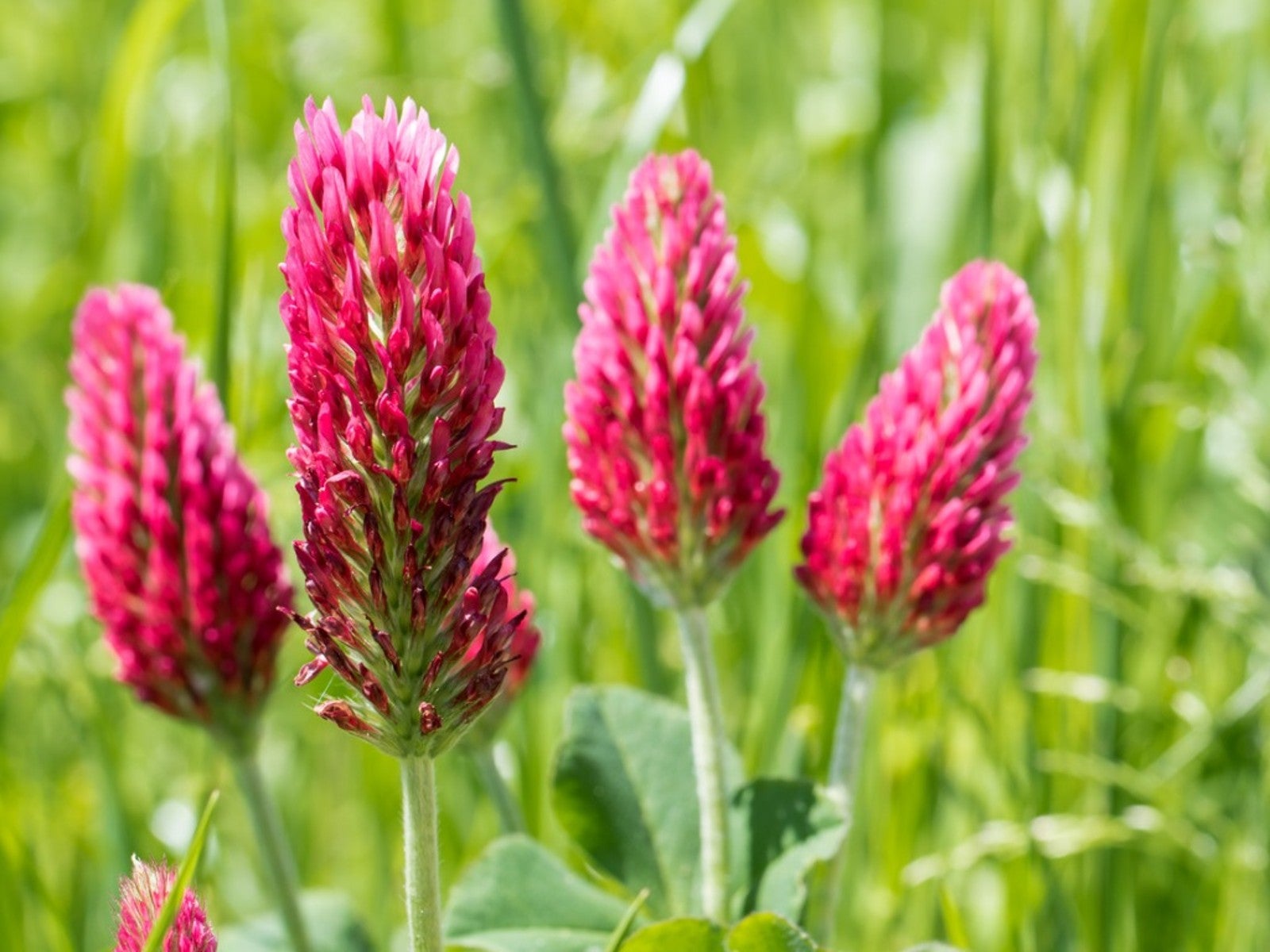 Best Late Summer And Early Fall Cover Crops
Best Late Summer And Early Fall Cover CropsPlanting cover crops is a gift you can give to your garden’s soil. Read on to learn about planting cover crops in late summer.
By Bonnie L. Grant
-
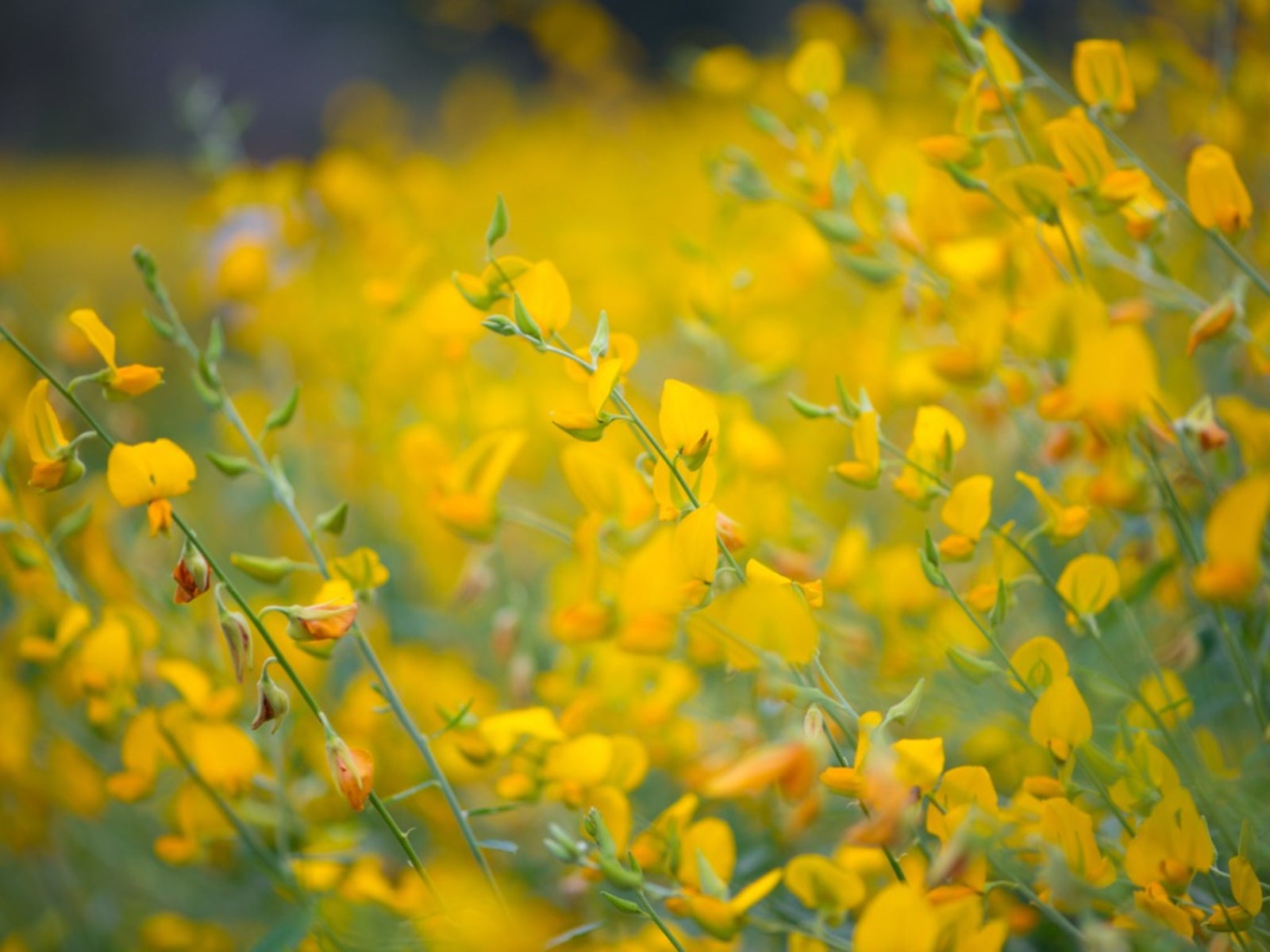 Sunn Hemp Plant Info – Learn Sunn Hemp Uses And Care
Sunn Hemp Plant Info – Learn Sunn Hemp Uses And CareSunn hemp grass is a warm weather grass. Click to learn more about Sunn hemp uses as well as helpful tips on growing Sunn hemp as a cover crop.
By Mary H. Dyer
-
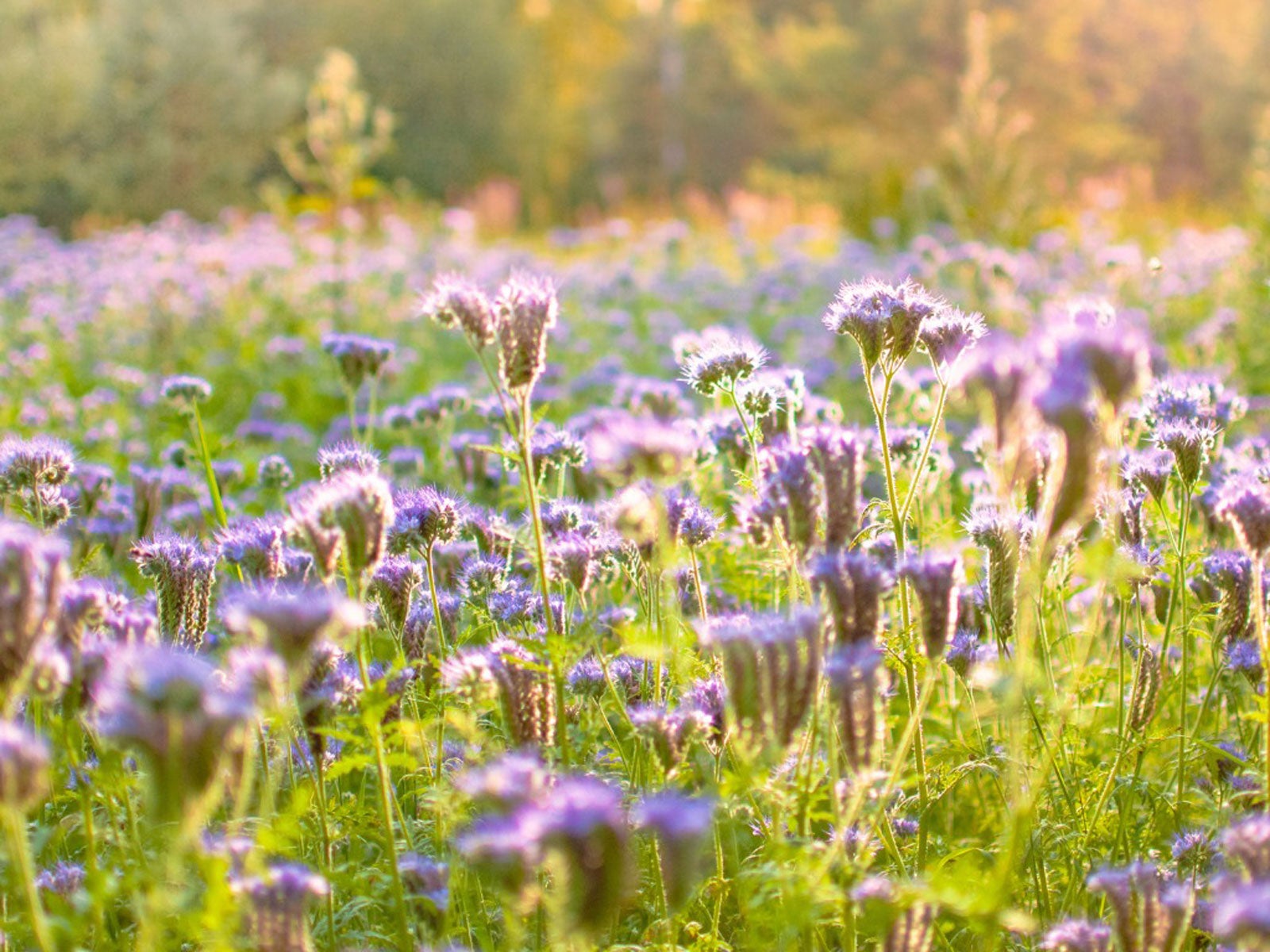 Native Cover Crops: Vegetable Cover Cropping With Native Plants
Native Cover Crops: Vegetable Cover Cropping With Native PlantsAre there any benefits to using native plants as cover crops? Click here to learn more about vegetable cover cropping with native plants.
By Laura Miller
-
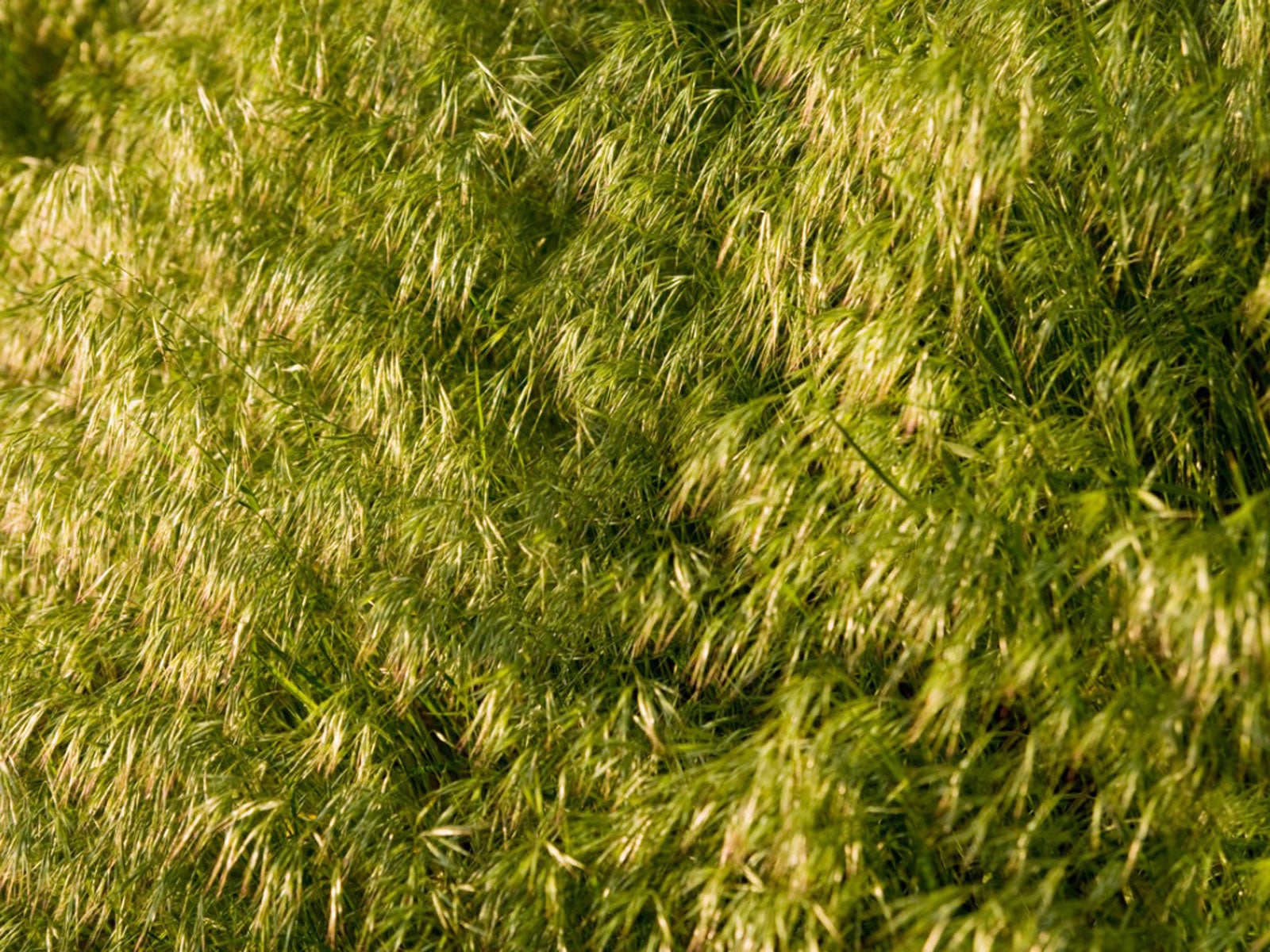 What Is Field Brome – Information About Field Brome Grass
What Is Field Brome – Information About Field Brome GrassField brome grass can be used as a cover crop to control erosion and enrich the soil. For more information, click the following article.
By Laura Miller
-
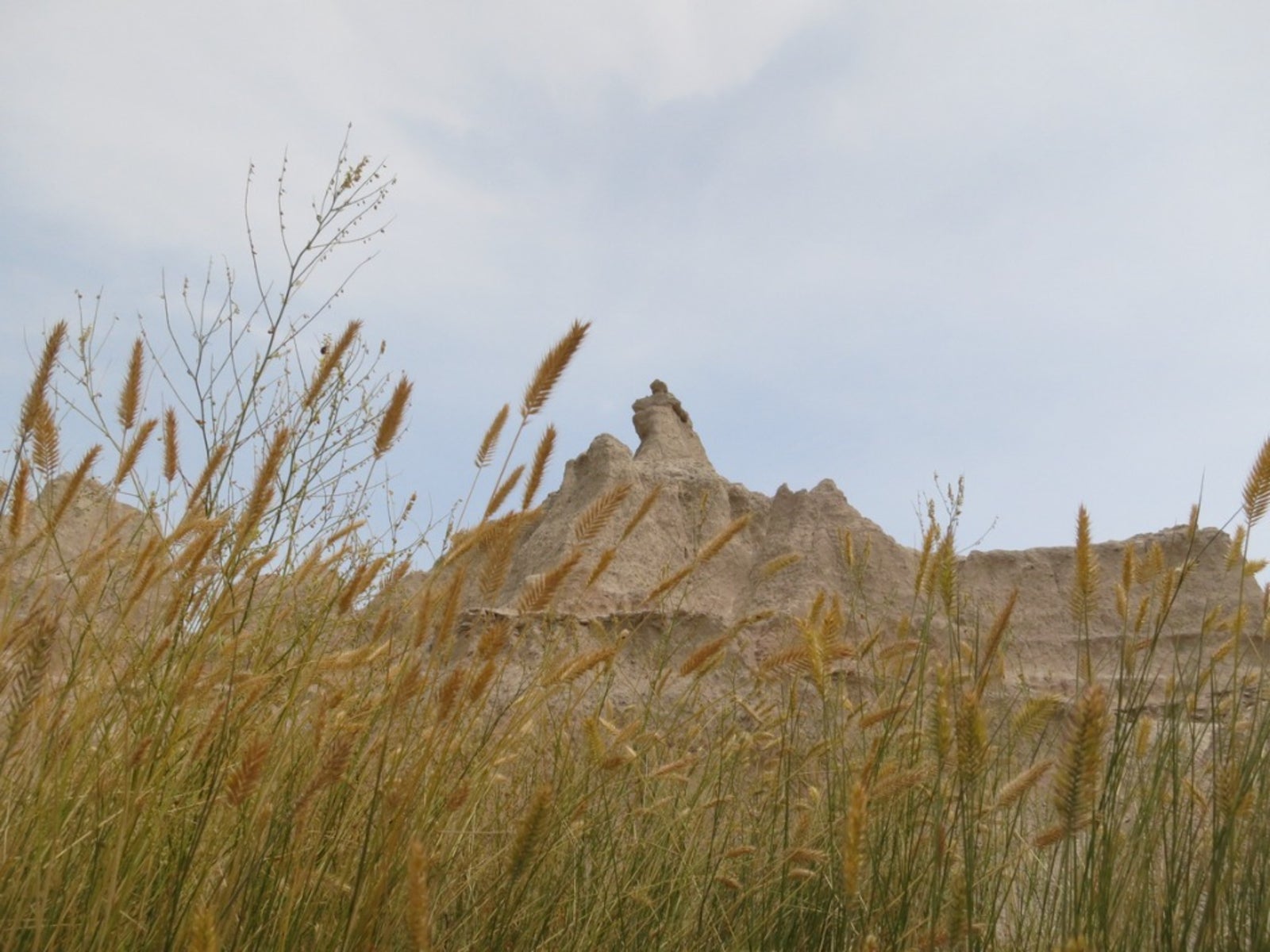 What Is Western Wheatgrass – How To Grow Western Wheatgrass
What Is Western Wheatgrass – How To Grow Western WheatgrassWheatgrass is native to North America and graces the Southwest, Great Plains and mountainous regions of the western U.S. It has some erosion control benefits but using western wheatgrass for grazing is the primary purpose. Learn more about it here.
By Bonnie L. Grant
-
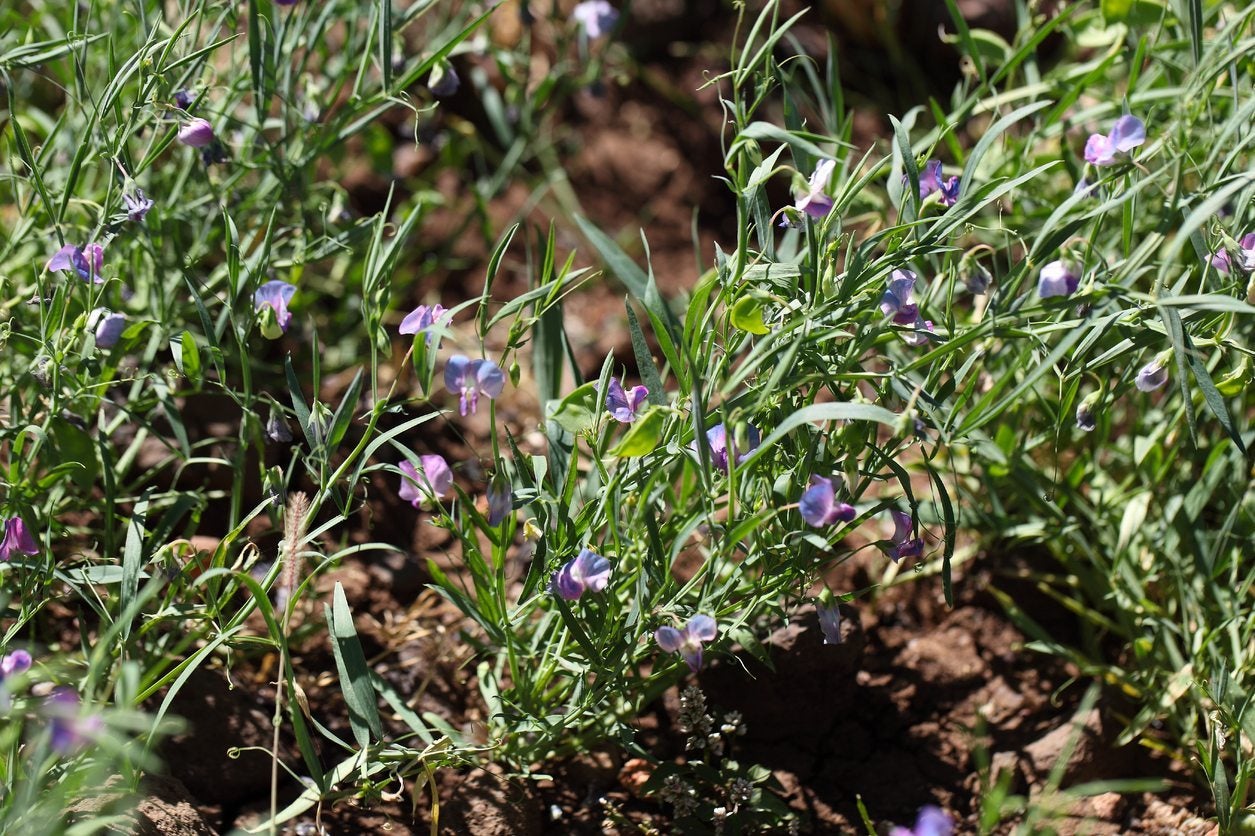 What Is Chickling Vetch – Growing Chickling Vetch For Nitrogen Fixing
What Is Chickling Vetch – Growing Chickling Vetch For Nitrogen FixingWhat is chickling vetch? Also known by various names such as grass pea, white vetch, blue sweet pea, Indian vetch, or Indian pea, chickling vetch is a nutritious legume grown to feed livestock and humans in countries around the world. Learn more about the plant here.
By Mary H. Dyer
-
Establishing Kura Clover: Learn How To Grow Kura Clover Plants
You no doubt have heard about the four-leaf clover, but few gardeners are familiar with kura clover plants. Kura is a forage legume and if you are interested in growing kura as a groundcover or establishing kura clover for some other use, this article will help.
By Teo Spengler
-
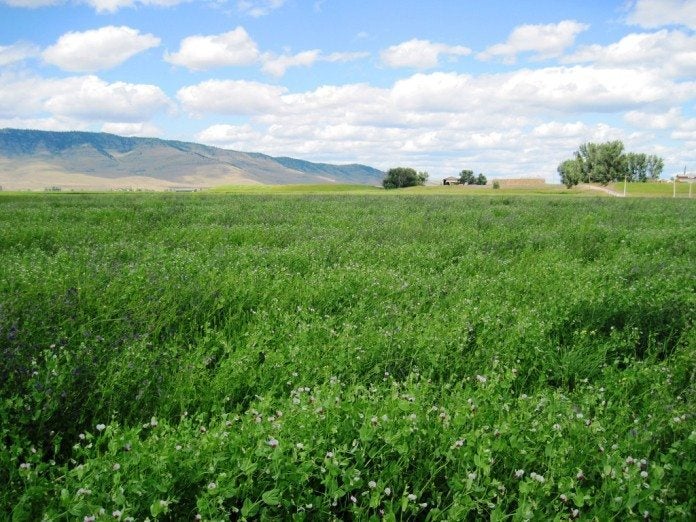 What Are Austrian Winter Peas: A Guide To Growing Austrian Winter Peas
What Are Austrian Winter Peas: A Guide To Growing Austrian Winter PeasWhat are Austrian winter peas? Also known as field peas, Austrian winter peas have been grown around the world for centuries, primarily as a valuable source of nutrition for humans and livestock. Click this article for info on growing Austrian winter peas.
By Mary H. Dyer